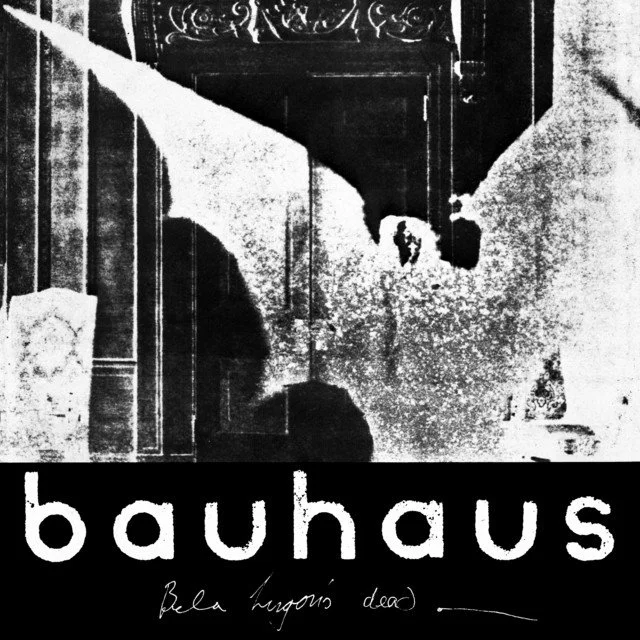World Goth Day- Retrospective on Goth Music in 2025
May 22nd is World Goth Day.
What comes to your mind when you think of the word “Goth”? The Cure? Nosferatu? Abby from NCIS? Whatever it is, most people often picture sad, black imagery with elements of morbidity woven in.
In the 1960s, The Beatles were emblematic of the idealism and optimism of that decade, punk music sought to reject that. Punk rock lyrics spoke of rebellion and advocated for a do-it-yourself energy. From here, post-punk emerged in the late 1970s. Post-punk, as argued by Simon Reynolds, is inspired by the idea that punk rock is attitudinally powerful but musically limited. It took the themes of punk rock and then combined them with more experimental and avant-garde elements. This includes complex production, longer songs, and more intricate lyrics. Knowing this, think of Goth rock as post-punk’s sadder, younger sibling.
“The end of laughter and soft lies / The end of nights we tried to die / This is the end ”
Goth rock, originally called gothic rock, responded to idealism with fatalistic lyrics and synth-heavy production. The first instances of the term “gothic rock” actually came in 1967, from reviews about The Doors and The Velvet Underground. Another influential work that pre-dates Bauhaus is Nico’s 1968 album The Marble Index, which features somber lyrics and a darker aesthetic for Nico herself. Many other post-punk/proto-goth musical acts from this time would later be early adopters of the goth genre, such as The Cure and Siouxsie and the Banshees.
Now, let’s jump to 1979 for “Bela Lugosi’s Dead” by Bauhaus. It’s morbid, it’s over nine minutes long, it’s got deep vocals, its instruments feature heavy distortion, and it is among the first wave of goth music. The elements listed above are all elements that carry throughout goth music, especially when combined with the theatricality of dark makeup and clothes.
By the mid-1980s, minor scales, heavy reverb, and dance beats dominated by heavy basslines and minor scales brought in the second wave of goth rock, pioneered by bands like The Sisters of Mercy and Fields of Nephilim. In the United States in the 80s, goth rock started to sound a little different. Often called Deathrock, this genre combined punk rock, post-punk, gothic, and glam rock elements.
Following the 1980s, however, goth music became less dominant as other alternative music and especially grunge became more popular. The 1990s saw the rise of the “mall goth” subculture, which strayed away from the second-wave goth music of the 80s. It focused mainly on nu-metal acts like Kittie and Korn, or saw goth rock crossing over with industrial and metal. The 2000s continued this trend of goth rock fusions, most notably the Alternative/Indie and Goth fusion band She Wants Revenge. This doesn’t necessarily signify the end of Goth music, rather, they are new waves of it which act as an evolution for future generations, being an augment of other genres as much as its own.
So, where is the Goth music scene now? Modern Goth takes on many forms and splinters into many different subgenres. Typically, it combines elements of goth rock with electronic, alternative rock, and industrial while keeping heavy distortion and the trademark brooding lyrics. Popular examples include Twin Tribes, Drab Majesty, and Secret Shame. With the Internet at our fingertips, however, there is a big web of goth artists waiting to be found.
Under the Veil - Mood of a Sinner
Ashes - Dance the Ghost
Medusa - Casket Cassette
Kiss Me Until My Lips Fall Off - Lebanon Hanover


